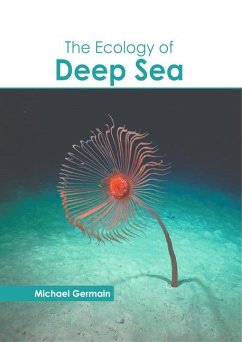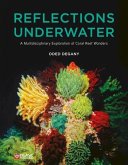The deep sea, typically defined as ocean depths below 200 metres, constitutes one of Earth's most extensive and least explored habitats. Characterised by high pressure, low temperatures and complete darkness, this environment presents unique challenges for life. Biodiversity in the deep sea includes various species of fish, invertebrates and microorganisms adapted to extreme conditions. Bioluminescence is a common trait among deep-sea organisms, easing communication and preying in the absence of sunlight. The deep sea plays a crucial role in global biogeochemical cycles, including carbon sequestration and nutrient recycling. Despite its inaccessibility, advances in technology, such as remotely operated vehicles and deep-sea submersibles, have significantly enhanced our ability to study this mysterious part of the ocean, offering insights into its ecological and evolutionary processes. This book contains some path-breaking studies in the field of marine ecology. The various studies that are constantly contributing towards advancing technologies and evolution of this field are examined in detail. It will provide comprehensive knowledge to the readers.
Bitte wählen Sie Ihr Anliegen aus.
Rechnungen
Retourenschein anfordern
Bestellstatus
Storno








